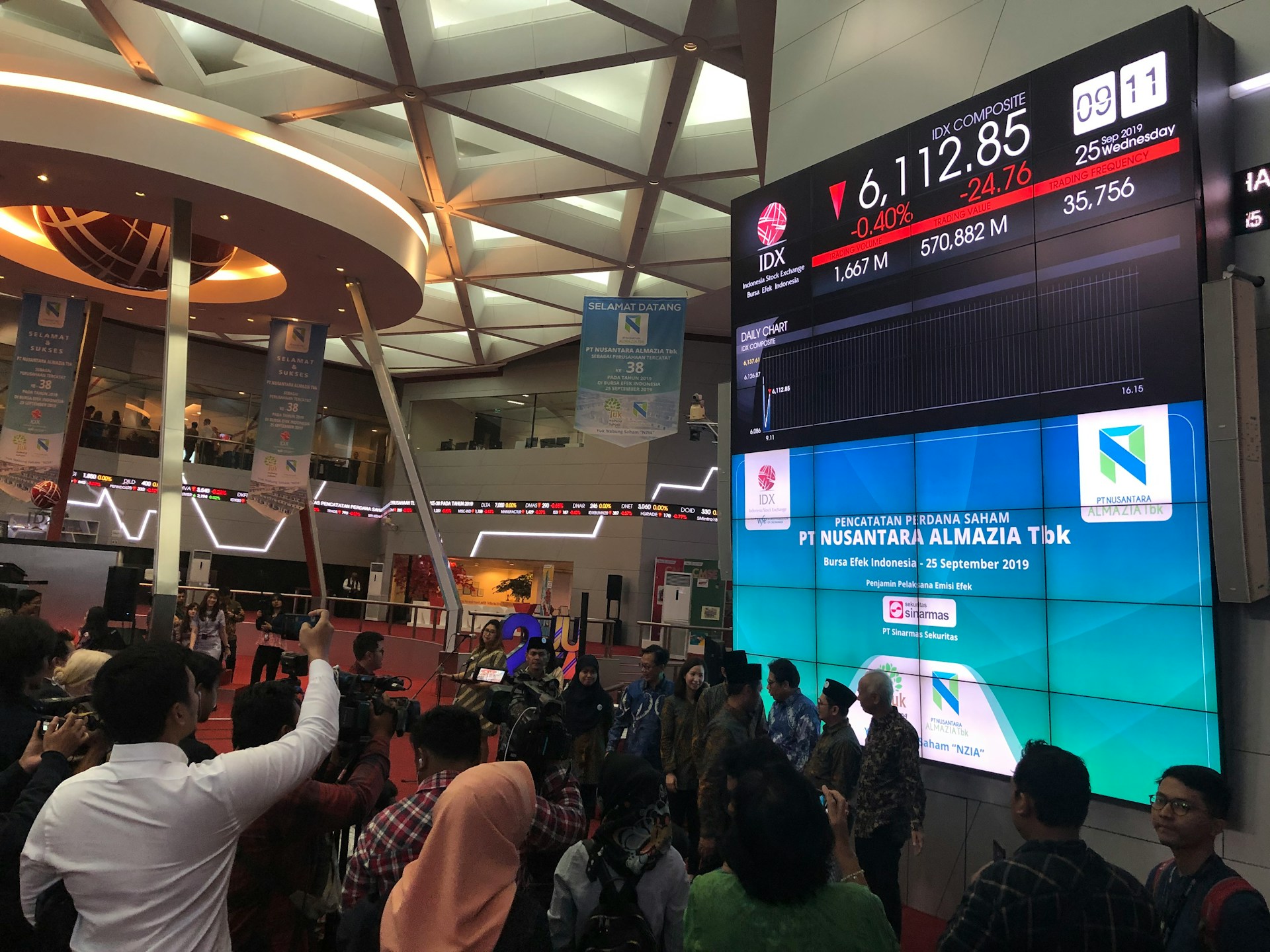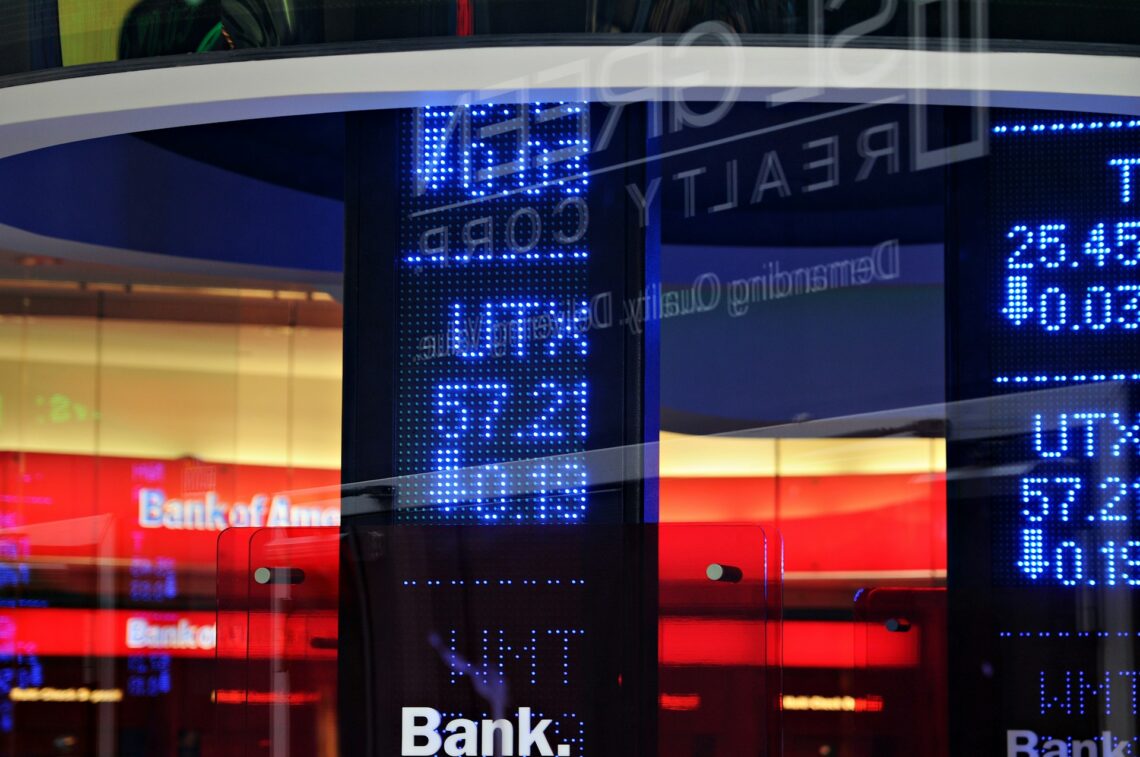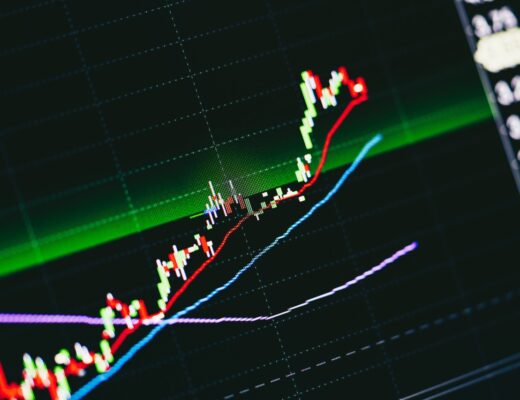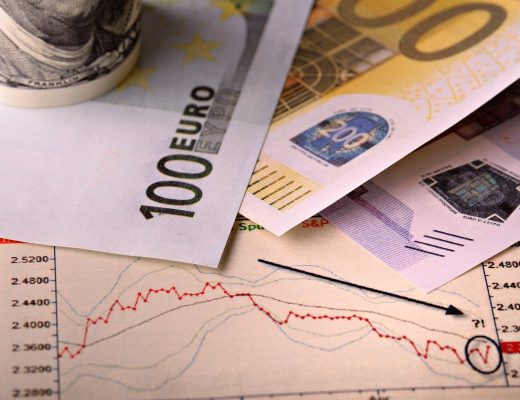Market makers and their role on the trading floor
Market makers are financial market players who take over the management of quote flows. They include investment funds, finance companies and brokerage firms. They match sellers’ and buyers’ orders so that the market has a constant flow of liquidity.
The term “market maker” (MM) has been in use since the 1980s, when trading was by telephone. Today, this part of the market works with the help of artificial intelligence and mathematical algorithms. Orders are processed automatically, which makes the process a lot simpler.
Types of market makers
Liquidity providers differ from each other. They fall into two groups:
1. Tier 1 market makers. These include large banks, also known as institutional market makers. They are responsible for communicating with exchanges, making deals and maintaining the flow of assets. They maintain a balance between supply and demand. In addition to banks, this category includes funds and individuals who manage large amounts of capital.
2. Tier 2 market makers. This category includes intermediaries that help private traders and brokers to enter the equity market in small volumes. These players control their liquidity but can borrow funds from Tier 1 market makers.
In addition to the two main groups, there are also speculative liquidity providers. These are players with large amounts of capital whose transactions can act as price drivers.
Market players carry out transactions to buy and sell assets at specified prices – ask and bid. Moreover, they do so regardless of how favourable the market situation is for them. Here, they are limited by their contract with the exchange and the terms of that contract to maintain the difference between the bid and offer. In this situation, market makers will receive remuneration. In addition, if there is no counter-order in the market, they must still execute it and hold it until a buyer appears.
MM have the right to see the available figures, so they have the opportunity to be the first to see the imbalance and the dominance of the bearish or bullish side. In such a case, liquidity providers work to reduce the imbalance and mitigate the volatility risks. They can do this by converting various financial instruments into cash and vice versa at short notice. In return, market makers receive a discount on the commission for their place on the exchange if they keep a particular asset within the spread. The trading platform is also interested in the presence of a large number of volatility providers, which increases the transparency of the pricing process.










